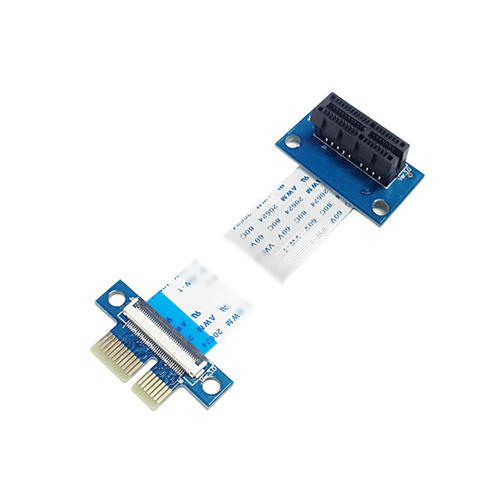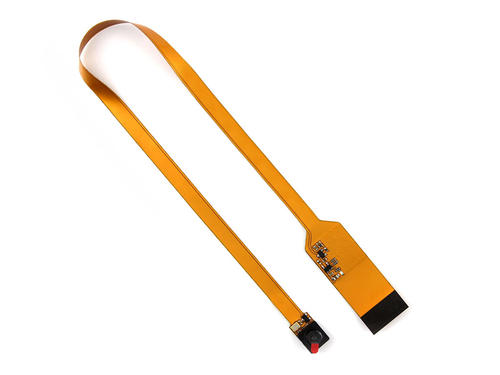FPC cable, also known as
flexible PCB. It is used for data transmission of moving parts and active areas according to the industry specifications. The arrangement is mainly divided into two types: round ends (R-FFC for direct welding) and flat ends (FFC for plug-in socket).
Characteristics of cable arrangement
1. The cable layout is small in size and light in weight. The original design of the wiring board is used to replace the larger wire harness.
2. The cable can be moved, bent and twisted without damaging the wire. It can follow different shapes and special package sizes.
3. The flat wire has excellent electrical, dielectric and heat resistance.
4. It has higher assembly reliability and quality. The layout reduces the hardware needed for internal connection, such as solder joints, trunk lines, backplane lines and cables commonly used in traditional electronic packaging, so that the flat cable can provide higher assembly reliability and quality.
What is FFC cable
Flexible flat cable, the number and spacing of wires can be arbitrarily selected to make the connection more convenient, greatly reduce the volume of electronic products, reduce the production cost and improve the production efficiency.
What is FPC cable
FPC flat cable is a connecting line group that can be bent to a certain extent. According to the function, FPC can be divided into many kinds, such as FPC antenna, FPC touch screen, FPC capacitor screen, etc.
Difference between FFC and FPC
FPC is a flexible printed circuit board. In terms of their manufacturing, their circuit formation methods are different.
1. FPC is a kind of flexible printed circuit board with different circuit patterns, single-sided, double-sided and multi-layer structures.
2. FFC is made of two layers of insulating foil with flat copper foil sandwiched between them. The finished product is simple and thick.
From the price point of view, natural FFC cable is much cheaper. Considering the production cost, more enterprises prefer to use the related design of FFC cable.


